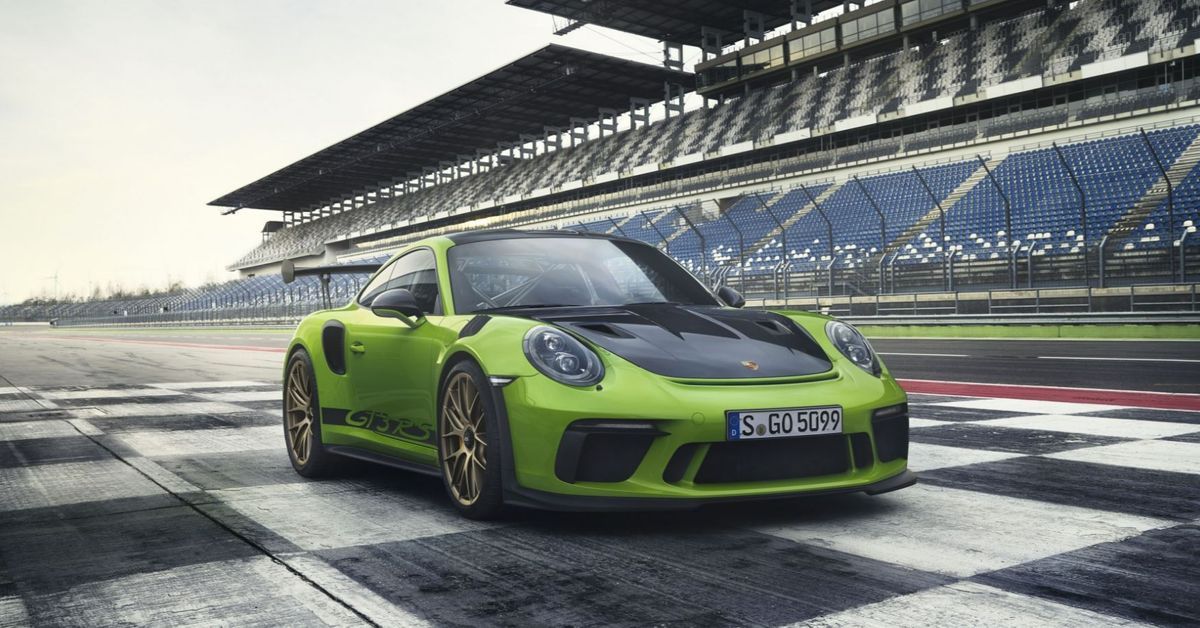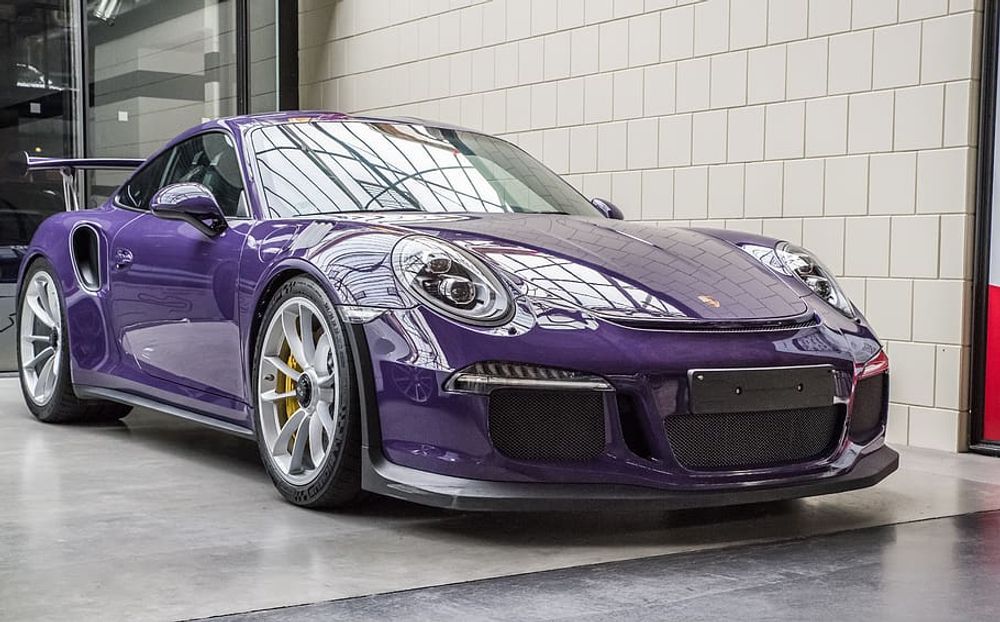Porsche has been turning out high-performance sports cars since its inception in 1931. Their name is immediately recognizable in most markets and has become nearly synonymous with speed. Porsche has also been responsible for many compact roadsters and amazing race cars over the years, including the Porsche 911 GT3 RS.
Although the GT3 nameplate was introduced in 1999, it wasn’t until 2004 that the “RS,” which stands for “Renn Sport” or “Racing Sport,” was added. Thus, a street-legal version of the high-powered, lightweight motor racing Porsche was born and delivered to enthusiastic drivers. It kept many of its racing roots and delivered heavily on the promised “RS” label.
Although the car has many amazing features, the best by far is that Porsche kept true to the style, feel, and even power of the original racing model. The Porsche 911 GT3 RS is a race car in a highway-ready package.
So, let's take a closer look at why its racing heritage is the best feature of the Porsche GT3 RS.
The Racing History Of The Porsche GT3 RS
The history of the GT3 can be traced back to Porsche's introduction of the 911 as a race car back with the 1973 911 Porsche Carrera RS. As the highest of performance models, Porsche did well introducing the Carrera RS to the racing world and allowed for Porsche to begin the Porsche Carrera Cup as a one-make premier series.
From there, the Porsche 911 went on to do well in the international Porsche Supercup and, later, the FIA Formula 1 World Championship. Overall, Porsche shined in long-distance races and dominated many races in the 1970s with the 911 model. The culminating event in early 911 history was the winning of the 1878 Monte Carlo Rally by driver Jean-Pierre Nicolas.
Despite the fact that they started small, Porsche is currently the largest race car maker in the world, with 195 race cars built for motorsports events in 2006. Since Porsche has been quoted as considering racing an “essential part of engineering development,” it makes sense that they would continue to advance their racing technology.
Although Porsche ceased production of factory motorsports cars after winning the prestigious 24 Hours of Le Mans with the 911 in 1998, they have held on to that racing spirit and continued to integrate the knowledge and technologies gained from their racing experiences into their road-ready models. They continue to dabble in a return to racing with other models, but the 911 has continued to maintain the racing feel of its roots.
Keeping Its Racecar Roots
The Porsche 911 GT3 RS is the highest performance model of the 911 that is still street legal. Through all iterations and years since the inception and initial public offering of the model in 2004, the car has continued to stay true to its racing roots by offering speed, technology, and aerodynamics.
Although specifications and other versions of the Porsche GT3 have dropped already for the current year, the RS model was skipped due to global circumstances and is anticipated to return in 2023 with many updates. Anticipated to start at around $200,000 MSRP and go up from there with add-ons, the RS prototype has been shared, and Porsche has released some details on the car that suggest what the next version will come equipped with.
Those details show that the newest version has continued the standing history of the Porsche GT3 RS and stayed true to its racing past. The prototype of the GT3 has given enthusiastic customers the same familiar body and speed that they crave while making some improvements to the previous iterations. Since Porsche introduced the Touring model of the GT3 for consumers looking to tone down the overall racing look, they can more fully lean into the racing profile of the RS. For example, the large rear wing will continue to be offered on the RS, whereas it is missing on the Touring variant.
The sporty look seen on the prototype being tested on Nurburgring’s tracks semi-recently has also sported more vents on the hood and front fenders that are not included on other GT3 variants. These vents are suspected to contain some active elements, as is the wing, which has dual elements and swan neck struts. Continuing the race car look is a prominent front splitter and new side skirts. The prototype was also equipped with Michelin Pilot Sport Cup 2 tires in different sizes (265/35R20 in front, 325/30R21 in rear). These, paired with carbon-ceramic brakes, are housed inside the center lock wheels and show how well Porsche has anticipated the needs of track aficionados.
The suspension in current GT3s shows this consideration as well with a unique control arm front suspension. This double wishbone suspension makes the handling a bit stiffer and helps increase overall stability in the car- giving the car a fast yet controlled ride which appeals to those seeking that track-ready feel.
The engine of the newest GT3 continues to remain true to the racecar style as well and is still a naturally aspirated version- this time a 4-liter flat-six capable of 520 hp. Currently, the GT3 is offered in a six-speed manual transmission, but the newest RS is anticipated to potentially offer the alternative seven-speed dual-clutch automatic.
Despite the years that have passed, Porsche has stayed the path with the design of the GT3 and continues to offer improvements in technology and design that only enhance the GT3 RS’ relationship with the racecars of its heritage. It is that racecar feel in a street-legal package that is by far the best feature of the Porsche GT3 RS.



